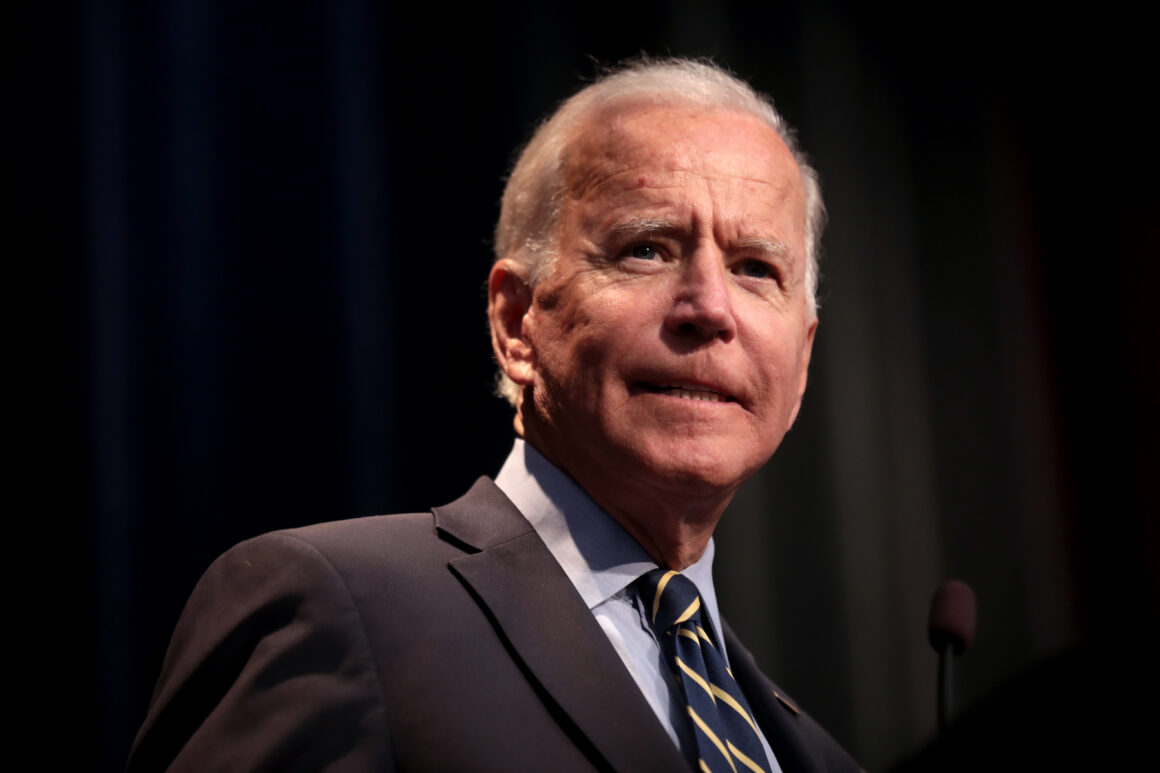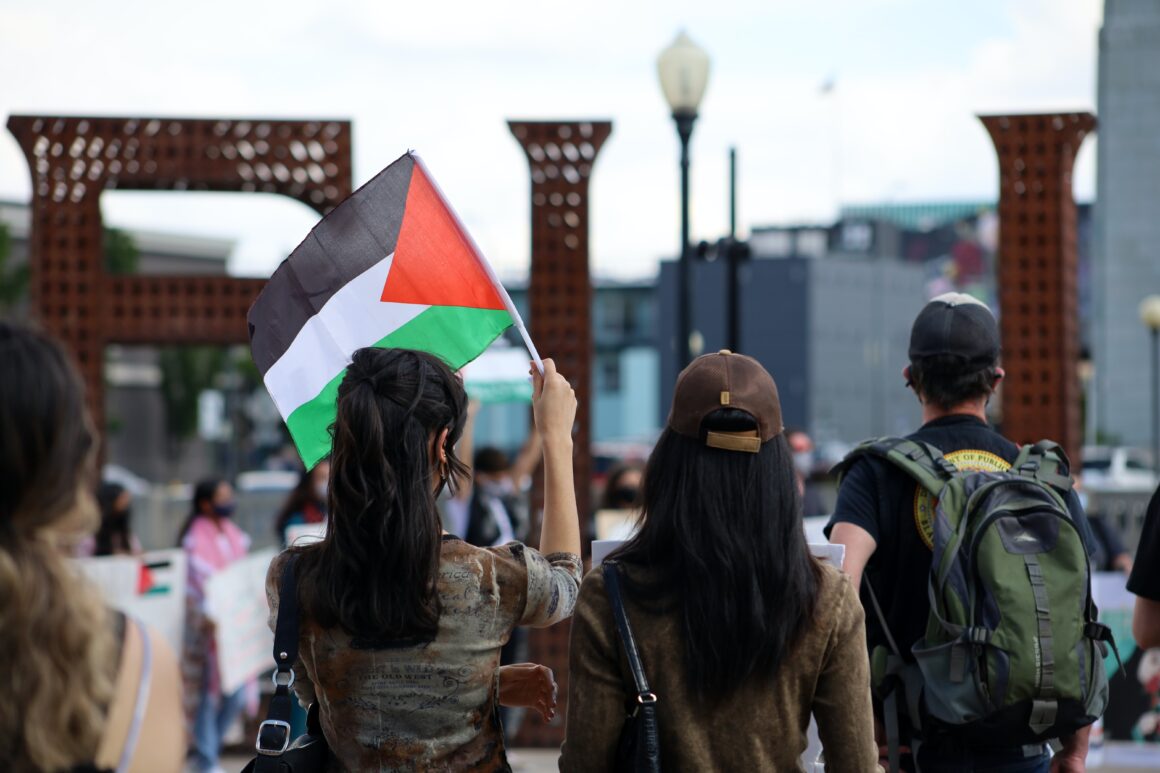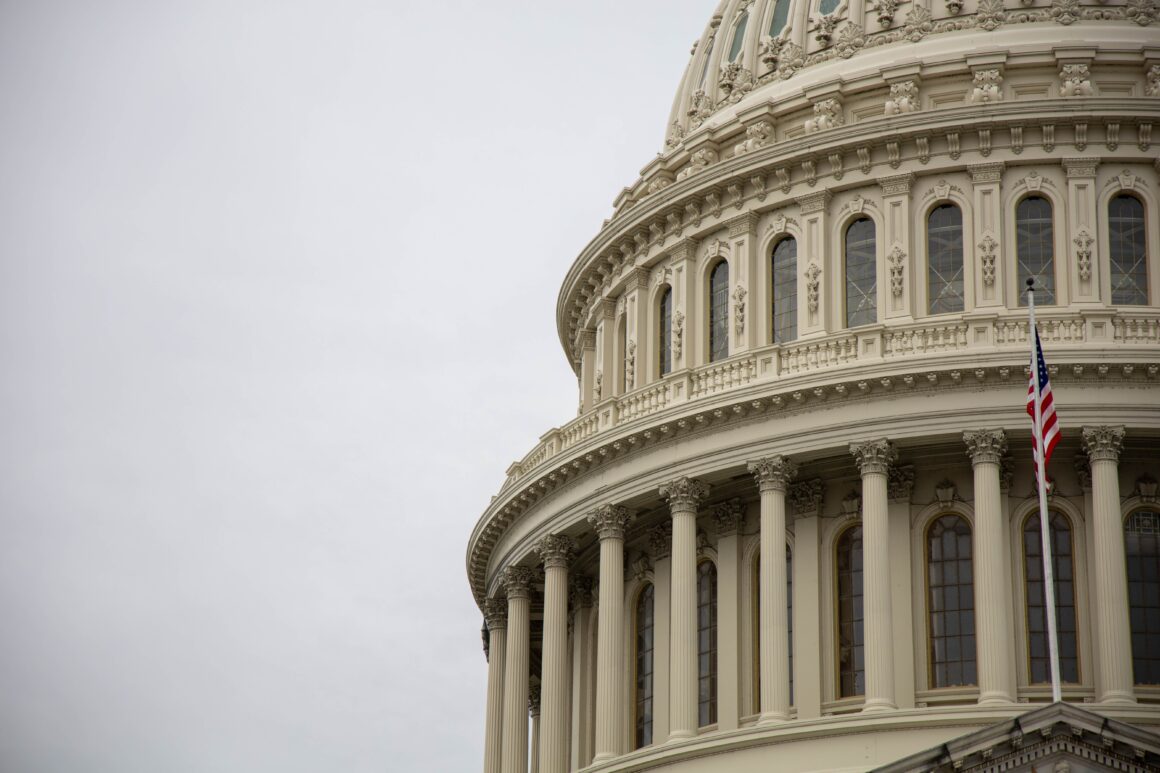After over three months of protesting in Hong Kong, Carrie Lam, the Hong Kong chief executive, has decided to fully withdraw the extradition bill.
This was a huge goal for protestors, who were previously unsatisfied with the suspension of the extradition bill. The bill would have allowed China to meddle with Hong Kong affairs. Specifically, it would have allowed for China to arrest across borders, putting China’s political targets in danger of getting arrested and taken to China. On a broader scope, the bill would have limited Hong Kong’s autonomy by allowing China to swoop in on affairs. Protestors took to the streets in waves, rioting for the withdrawal of the bill.

When protests became more violent and crowded in June, Lam opted to suspend the bill. However, this didn’t please anyone. When bills in Hong Kong are “suspended”, this basically means that they are just put on hold. This means that at any time, the bill can be reinstated and continue progress in the legislative body. However, withdrawing the bill completely moves it back to the starting line. This means that if the government were to work on it again, they would have to start from the very beginning, creating a new bill.
Last Sunday marked the 14th week of protests, when students from secondary schools and universities around the country opted to miss the first day of school, favoring protests instead. This week also saw police violence turn more brutal, with the use of guns, water cannons and petrol bombs used in the middle of crowds. A student was also injured during the recent protest. All in all, the Hong Kong protests have witnessed six suicides, seven lives lost, many injured from different protests and over 1,200 arrested. The once seemingly peaceful protests have grown increasingly violent: by week seven, there was defacing on government property and a subway attack. By week ten, police were disguising themselves as protestors as they launched sneak attacks and sprayed tear gas into train stations. Since then, protestors have moved to launching attacks in airports, where mass demonstrations have since taken place.
These actions have already began to take a toll on Hong Kong’s economy. After it had already been affected by the trade war, Hong Kong’s economy grew worse as the protests gathered in airports and subway stations. The withdrawal of the bill finally allows for the economy to heal.
As the protests moved along, so did demand for things outside of withdrawing the Extradition Bill. These protests shifted toward five demands. They are: first, to withdraw the bill; second, for free elections; third, the government can no longer characterize the protests as “riots”; four, police actions must be investigated; five, everyone arrested from the protests must be freed unconditionally, and many are also calling for Lam’s resignation. Many are now calling Lam out, saying that this is far too little, far too late.
Why a withdrawal is too little, too late for #HongKong
1. Carrie Lam announced the withdrawal of the #ExtraditionBill that came after 3 months of protests with 8 lives sacrificed, 1,200 protestors arrested, several thug attacks against citizens, and extensive police brutality.
— Brian Leung (@BrianLeungKP) September 4, 2019
This basically means that Lam has acted too slowly: the extradition protests have sparked a fire in Hong Kong, and protestors aren’t backing down. Many have taken to the streets yet again, saying “one down, four to go”. Unless Lam meets the other four conditions and resigns, the protestors have no plans to step down.

She almost did resign. Late last month, rumors began to spread that Lam could be considering resigning from her post as Hong Kong chief executive. A leaked Reuters audio recording caught Lam saying that she would “quit [her position] if she could.” Earlier in June, Reuters reported that Beijing was the reason why Lam couldn’t quit. The main Chinese government did not want to see Lam leave her post. The audio recording continued with Lam saying, “For a chief executive to have caused this huge havoc to Hong Kong is unforgivable”. Lam tried to cover up the error by saying that she “never tried to resign”. If Lam were to resign, Hong Kong would have to re-elect a new leader. However, China can veto the choice of the new leader if they find the leader unfit. China has made it clear that they are in full support of Lam and are willing to take any action to keep her in power and control the protests.
As the protests have evolved, it’s become clear that Hong Kong protestors are sick and tired of China’s increasing influence. Over the past few months, it’s become clear that the “One Country, Two Systems” rule isn’t working out. The model guarantees members of Hong Kong freedom of speech and assembly, but to many citizens, it’s become obvious that the numerous arrests made for protesting clearly undermine both of those rights. Even the withdrawal of the extradition bill has been approved by China.F

Lam (and Beijing) hope that by withdrawing the extradition bill, the protests can cap off for a bit of time. However, it’s grown increasingly clear that unless the other four conditions are met, there will be no end to the protests. One of the steps Lam is now trying to take is to establish an “independent inquiry”, which would replace the current Independent Police Complaints Council, a council that is currently run by government loyalists and lobbyists. Pro-Beijing leaders hope that the establishment of the new system may help bring some order to the country. However, many acknowledge that the bill has come too late, and that fate of the protests “depends on the society”.
For now, the withdrawal of the extradition bill does not mean that the protests have ended. But it is a start towards trying to get Hong Kong back on track again.
Featured image via Joesph Chan on Unsplash




